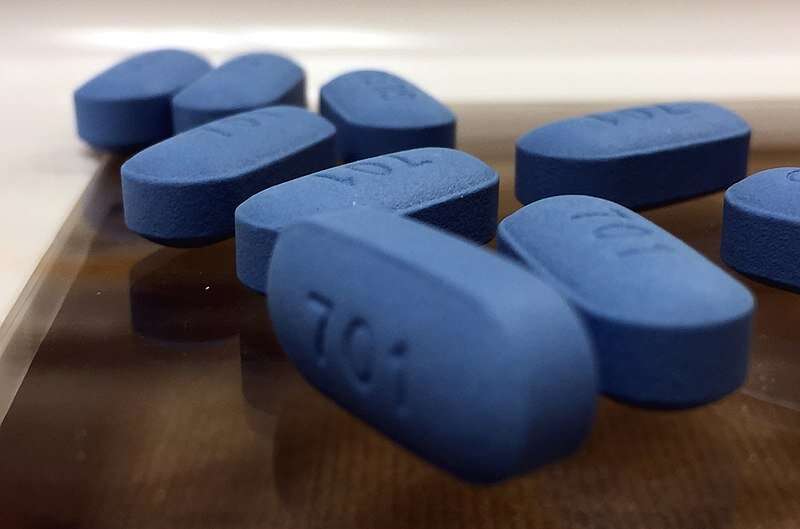Demographics and individual risk biggest factors in PrEP uptake among gay and bisexual men

Since pre-exposure prophylaxis (PrEP) was approved by the FDA in 2012, fewer people than expected have initiated use of the drug. Researchers also have reported high rates of PrEP discontinuation after six months of initiation, leaving a large swathe of the population vulnerable to HIV infection.
Research suggests that this can be attributed to lack of health insurance and the high costs associated with taking PrEP. However, health coverage is also managed at the state-level, through state-run Medicaid programs and drug assistance programs, which grant some access and affordability to PrEP.
In a study in BMJ Open, CUNY SPH doctoral student Pedro Carneiro and colleagues explore the association of clinical guideline related variables, demographics, and Medicaid expansion on PrEP uptake in one of the largest U.S. sample of men who have sex with men and transgender and gender non-binary people ever analyzed.
The researchers used a technique called multilevel analysis, which allowed them to account for both the individual- and state-level variables effect on an individual's odds of currently using PrEP.
"We found that the state of residency did have some influence but not as much as things like demographics and individual risk," Carneiro says. "Our analysis showed that, as it is widely nown, PrEP use is less common in communities standing to benefit the most from it—young men who have sex with men and transgender and non-binary people of color. Living in a state that has not expanded Medicaid does have an impact, though small in magnitude, on the chance of being a PrEP user."
The study revealed a positive association between living in states that had expanded Medicaid and PrEP use but that variable, as well as one's state of residency, were not suitable to explain the large variations in PrEP use in the US.
"The impact of the state may be less impactful than of your local community, like the county or the zip code where you live,"Carneiro explains. "Structurally speaking, these geographical units may be better suitable for future analysis, so I would encourage future research that uses multilevel analysis and account for such units. We need an incremental upward change in PrEP use, so every little bit counts."
More information: Pedro Botti Carneiro et al, Demographic, clinical guideline criteria, Medicaid expansion and state of residency: a multilevel analysis of PrEP use on a large US sample, BMJ Open (2022). DOI: 10.1136/bmjopen-2021-055487




















